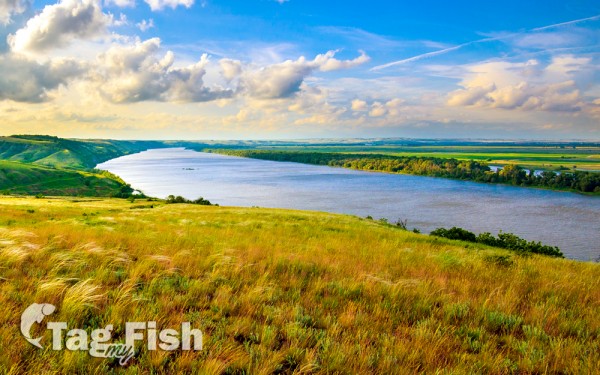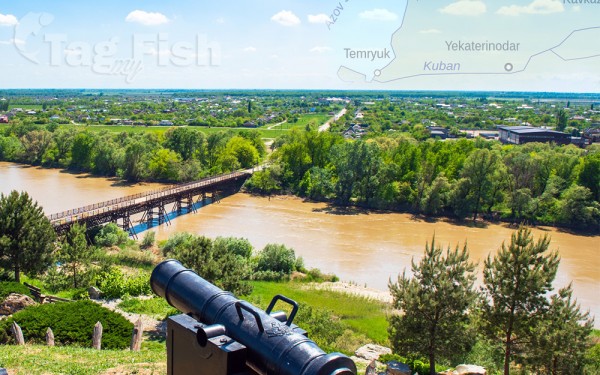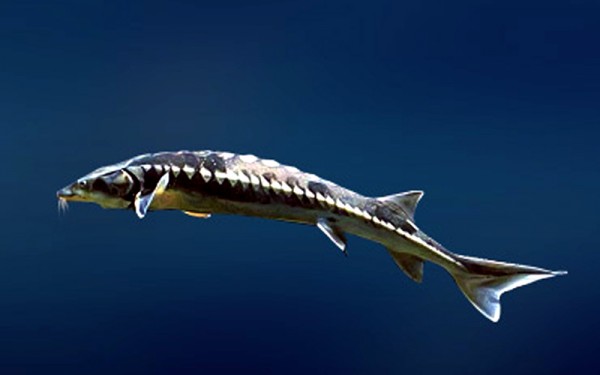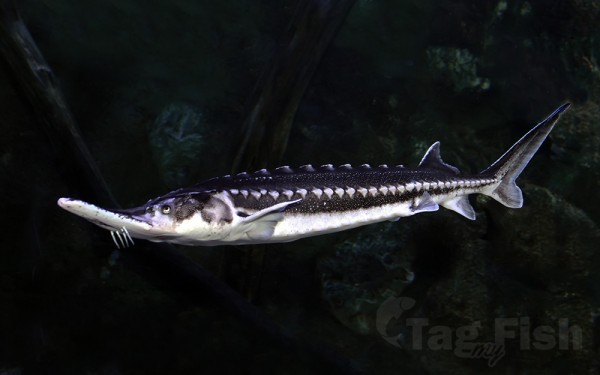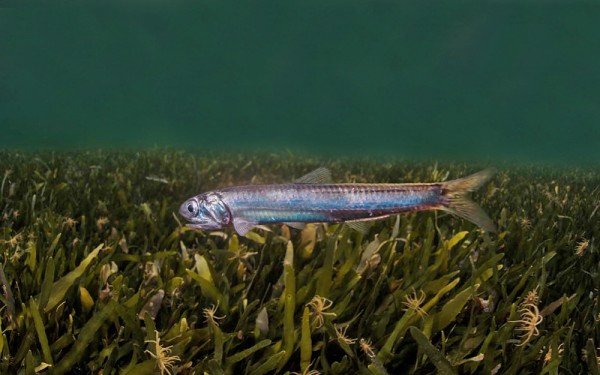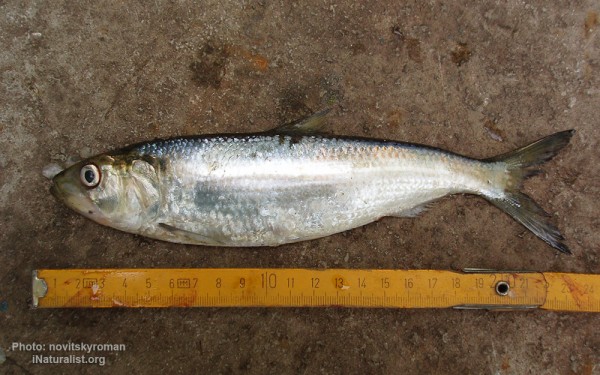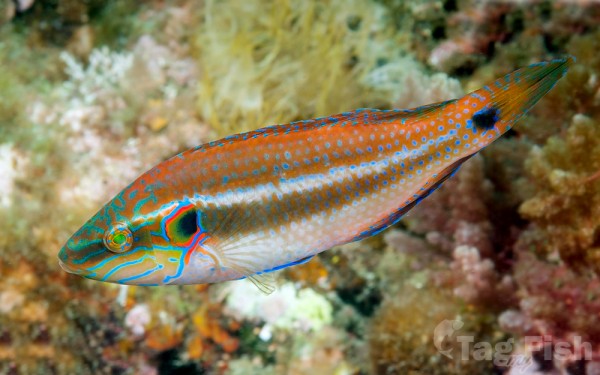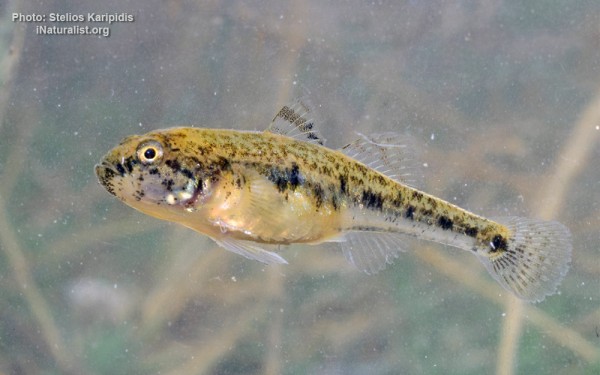Sea of Azov
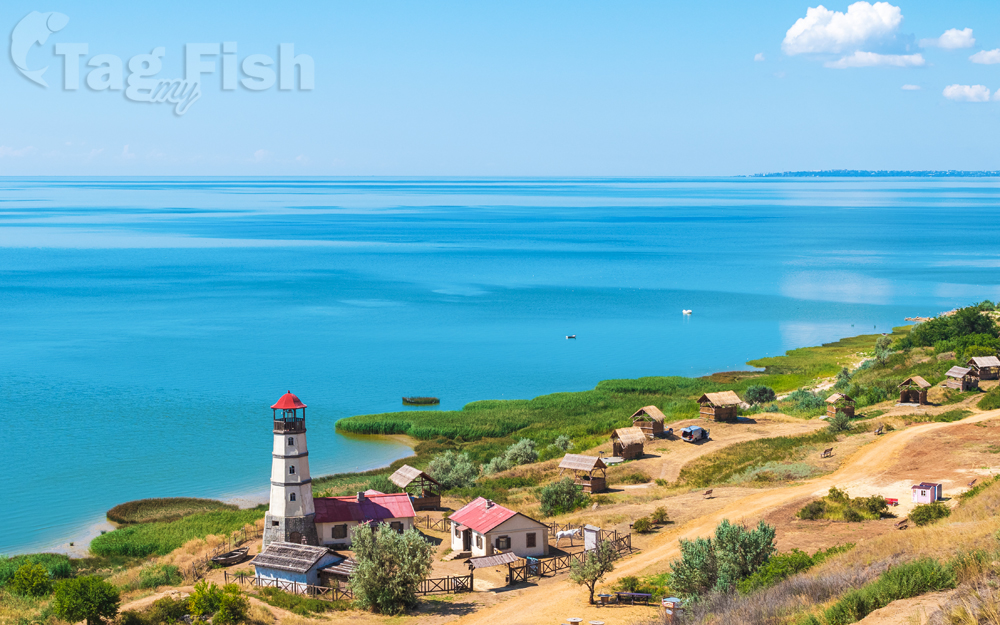
Acipenseriformes - Sturgeons and Paddlefish
Clupeiformes - Herrings
Labriformes - Wrasses
Gobiiformes - Gobies
Acipenseriformes - Sturgeons and Paddlefish
Clupeiformes - Herrings
Labriformes - Wrasses
Gobiiformes - Gobies
Acipenseriformes - Sturgeons and Paddlefish
Clupeiformes - Herrings
Labriformes - Wrasses
Gobiiformes - Gobies
The Sea of Azov is a sea in Eastern Europe connected to the Black Sea by the narrow (about 4 km or 2.5 mi) Strait of Kerch, and is sometimes regarded as a northern extension of the Black Sea. The sea is bounded in the northwest by Ukraine, in the southeast by Russia.
The Don and Kuban are the major rivers that flow into it. There is a constant outflow of water from the Sea of Azov to the Black Sea.
The Sea of Azov is the shallowest sea in the world, with the depth varying between 0.9 and 14 meters (2 ft 11 in and 45 ft 11 in).
The sea is largely affected by the inflow of numerous rivers, which bring sand, silt, and shells, which in turn form numerous bays, limans, and narrow spits. Because of these deposits, the sea bottom is relatively smooth and flat with the depth gradually increasing toward the middle. Also, due to the river inflow, water in the sea has low salinity and a high amount of biomass (such as green algae) that affects the water color. Abundant plankton results in unusually high fish productivity. The seashores and spits are low; they are rich in vegetation and bird colonies.
